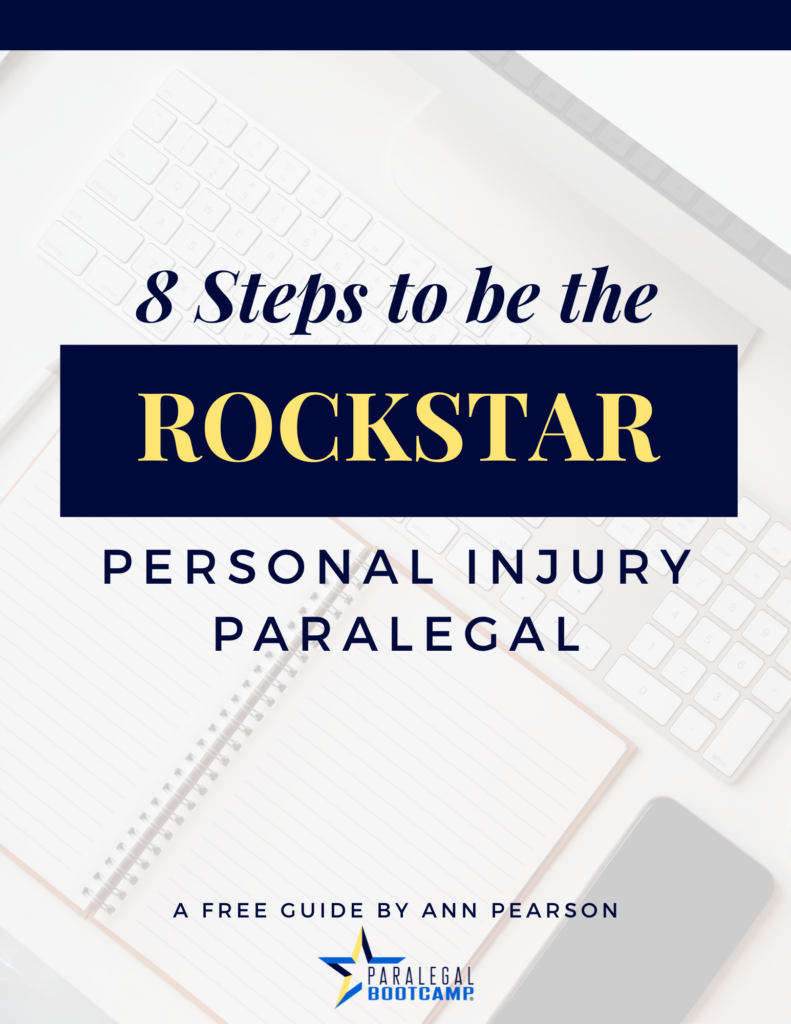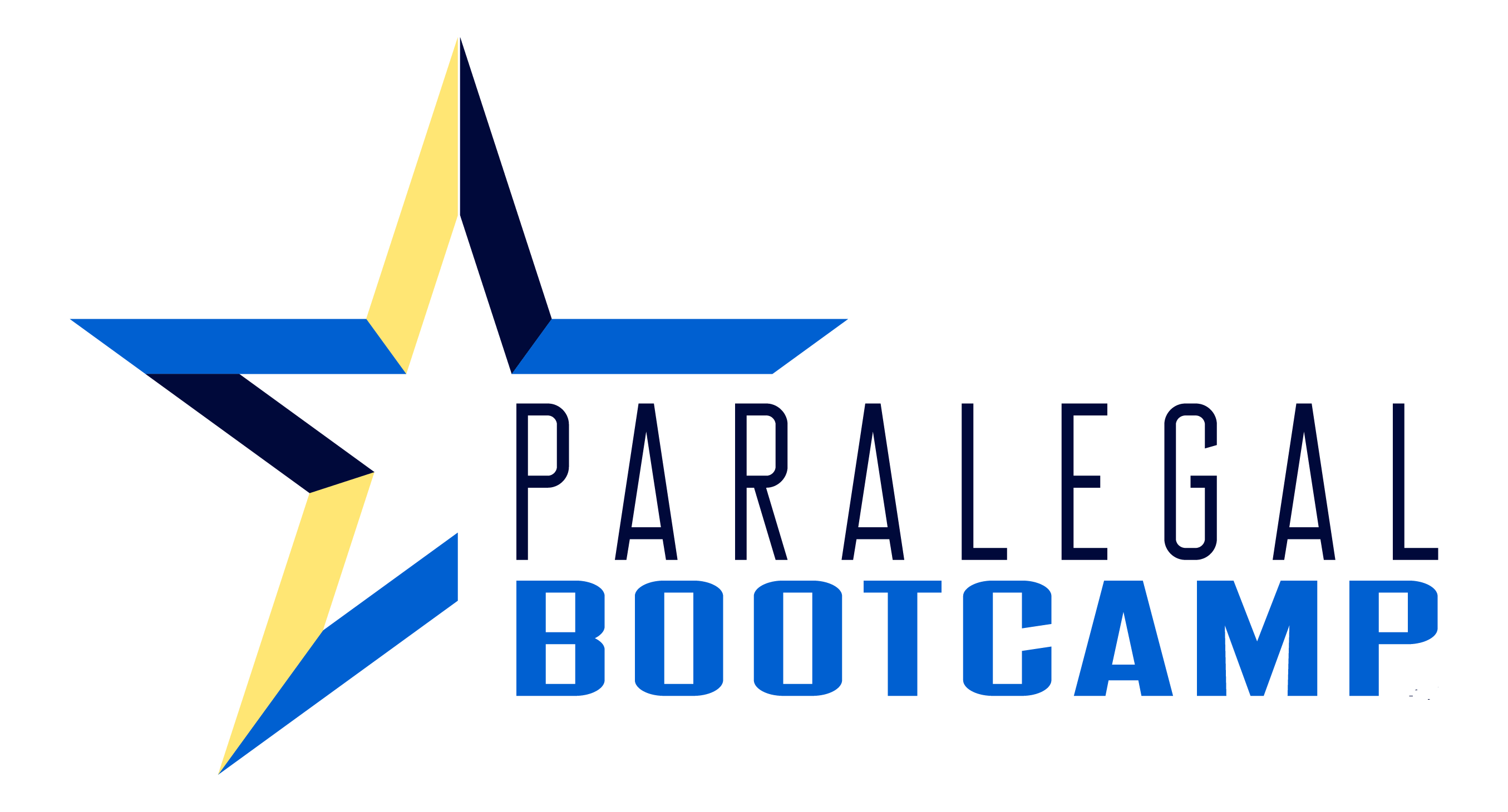When I was starting out, I kept watching videos on what a typical day looks like as a paralegal, and to be honest with you, it was quite challenging finding a YouTuber who talks about what they actually do as a paralegal. But don’t worry, I’ve got you covered.
I currently work for a reputable litigation firm that specializes in bankruptcy, business disputes, real estate, and family law. We receive many partition cases, and I am experienced in partition/real estate and bankruptcy cases. It is mostly litigation, and it is always busy at my firm! I love the work I do, no matter how stressful it may get.
Every day looks a little different for me, depending on how busy our week is, but here is a day in the life of a litigation paralegal.
I work from home as a fully remote paralegal, so I usually start at 8:30 AM and end my day around 5:00 PM. As soon as I wake up, I prepare my coffee, and I get to work.
Find out everything there is to know about becoming a litigation paralegal.
1. Check my chat requests and my Gmail (8:30-9:00)
Overnight, sometimes attorneys will message me for assignment requests that they want me to get done first thing in the morning. I try to get them done and confirm once they are completed. I only go through very important emails at first to get them over with before I start with less time-sensitive emails.
Some of the most important emails I get are usually from the judge or the clerk confirming or asking certain questions. I also sometimes get emails from opposing counsels that ask us to confirm by a certain time (i.e., Please confirm by 3:00 PM today if you agree). I like to get those types of emails done first.
Read 4 ways to stay ahead of email jam.
This is usually the most peaceful time of the day in the life of a litigation paralegal before the storm starts. Being a litigation paralegal means having to adjust quickly to evaluate the assignment requests that have been sent overnight.
For instance, I may have – draft a notice of hearing – on my list to do first thing in the morning as planned the night before; however, the morning of, I could receive an email/message from one of our attorneys asking me to call the court right away to obtain a hearing on the calendar or to draft a notice that is due in a few hours or else the attorney may get sanctioned.
It just depends on the day and my to-do lists. I like to do as much as I can during the calmer times, so I am able to be flexible when needed.
My plans can change quickly depending on crucial deadlines and attorney requests.
Here are Case Management Tips for Litigation Paralegals

2. More chat requests and answer attorney questions (9:00-9:30)
This is the time when attorneys get in the office and most of them message me at the same time, asking for updates on cases, filing, and serving questions. Being the only paralegal in the firm means I handle most filing and legal assistance duties, as well as the litigation paralegal duties. Additionally, I gladly update our attorneys and try to get back to work while billing for my time.
3. Check the attorney’s calendars (9:30-9:45)
I go through each calendar and check to see if everything on the calendar is still accurate, and add any “tentative ruling notes” if not added from last night. Sometimes I send reminders to the attorneys for their hearing if I don’t see them active on Gmail. I help make sure they attend their hearing successfully.
4. Go through our mail (9:30-10:00)
During this time, I go through our “scans” folder to check our mail. Since we are a fully remote firm, our administrator scans all of our mailed documents for me to sort and place them in the appropriate folder. Most of the mailed documents we receive are from the courts and opposing counsel.
I have to pay careful attention to the dates on the documents. I do so by reviewing each document carefully, calendaring/docketing the deadlines, and labeling the document to show that it has the correct file name and date.
I place it in the appropriate folder and make sure to circulate it to the responsible attorney. I usually receive 10-15 documents daily.
Here are some tips for staying organized.

5. Check my to-do list (10:00-10:05)
During this time, I will go to my do list and take some time to review and add the assignments on a time block to my calendar. This is a very important step in ensuring I am not anxious and stressed. It also makes me aware and very organized throughout the day.
Here are 7 tips for Litigation Paralegals in 2024.
6. Get started with my first assignment (10:05-12:00)
Usually, this will be drafting a specific pleading an attorney has asked me to do. The time usually fluctuates, but it takes me an hour for most pleadings unless it is discovery or trial prep. Some of the typical pleadings that I draft are notices, case management statements, declarations, judgments, requests (any type), and motions to appoint a referee, etc. These will differ depending on what type of firm you will be working with, but these are the common ones I work on in a real estate-based firm.
I make sure I spend a great time making sure our hearing dates are reserved and on the calendar and there are no mistakes on the pleadings. I place it in the drafts and send it to the attorney for review.
If they spot something they don’t like and would like changes made to it, they would message me saying, “zoom now.” This means I must prepare my heart and emotions for mistakes they might have spotted. Once I am mentally and emotionally prepared, I join, anticipating the worst, then they are either satisfied or want clarifications. Either way, I maintain a positive attitude and offer to fix it to save them time. They are usually happy, and I sign and send.

Free Guide for
Personal Injury Paralegals
Are you ready to be a rockstar personal injury paralegal?
When you’re starting out, it’s hard to know where to even start. We’ve got you covered! Here is your checklist.
The Paralegal Boot Camp gives you 8 actionable steps to get you started right now on a path to success.
Our free guide shares the 8 steps you need to take right now to start standing out at your firm.
7. Lunchtime (12:00-12:30)
This is my time – I turn on my Do Not Disturb mode on my Gmail to avoid more “Zoom Now” notifications and to just destress and eat in peace.
Each time an attorney messages me asking to Zoom Now, as a fully remote paralegal, this signals to me that I must meet with the attorney as they might have an urgent request (similar to an attorney knocking on your door if you were working in an office).
This could also be a mistake that they have spotted that they would like fixed as quickly as possible. It is very important that I attend unless I am on the phone with a client or in the middle of a task that I can not neglect. If I can attend, I will pause my timer and attend these Zoom sessions.
8. Review emails (12:30-1:30)
I usually get an influx of emails during and around this time. I make sure I take care of every email by devoting my full focus and energy to it. Most of my emails consist of emails from clients regarding case updates, attorney requests, and other court deadlines and opposing counsel emails.
During this time, I answer all phone calls, as it is usually the busiest time of the day, and answer any incoming chats from attorneys and other support staff.
Calendars & schedule remote appearances (1:30-2:00)
Since we are a remote firm, I make sure all my attorneys are signed up remotely unless otherwise stated by the court. I check the court website to make sure that hearings are still on the calendar, and I obtain access information as well.
10. Take a 10-minute break
During this break, I breathe and hope I don’t get any “OMG –ZOOM” messages.
Get the 8 Steps to Being a Rockstar Personal Injury Paralegal.

11. Work on the next assignment on my to-do list (2:10-3:10)
I review attorney instructions and start drafting. I get interrupted by messages from attorneys, so I try to only answer the urgent ones before I get back to work. I finalize and send it to the attorney for review.
12. Filing and serving (3:10-3:45)
During this time, I use our online filing system to file and serve any court documents needed from our attorneys and download and save any previously accepted documents.
13. Review matters (3:45-4:45)
I go over some of the cases that I have on my Excel sheet and make sure all dates are calendared, and add to the calendar if needed. Usually, these are the cases that we have had recent hearings for, and certain dates are set after the hearing is continued and/or set for an upcoming date.
Here is a 3-step plan for litigation paralegals to accelerate their careers.
14. Prep for closing (4:45-5:00)
I usually just review any last-minute requests and attend any last-minute meetings if necessary.
I have a good work-life balance, and I know I am lucky to do so in this field. I love my job, and it can get very stressful, but overall, it is a very fun and rewarding field.
The above-mentioned routine is on the days when I don’t have much drafting. I am usually a lot busier than this, so sometimes, I do things quickly to fill in the time to do assignments that are of high priority.
More Paralegal Resources For You

Meet the Author
Noor Haleem is a litigation paralegal at a real estate, bankruptcy, family, and business litigation firm. She started her legal career at Cuyamaca College where she majored in Paralegal Studies and studied business and psychology at San Diego State University. Noor worked as a marketing assistant and funding coordinator for several different law firms.
She loves being a paralegal and has hopes to attend law school in the near future. When she is not working, she likes to listen to music, cooks delicious meals, and spend quality time with loved ones.

























